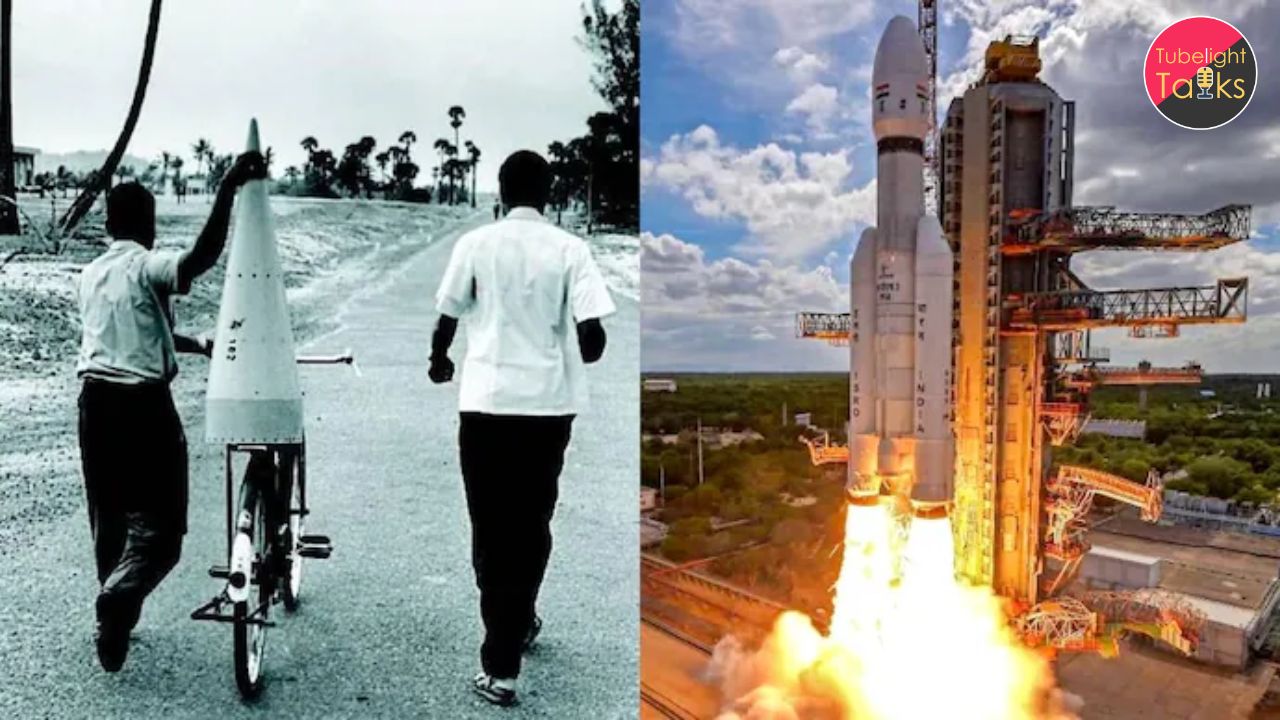In 2025, Earth observation technologies have reached new heights, offering unparalleled data and insights that are crucial for effective climate action. These advancements are empowering policymakers, scientists, and environmentalists to monitor and address climate change with greater precision and urgency.
News Highlights
- Launch of Advanced Satellites: New satellites equipped with high-resolution imaging and 3D capabilities have been deployed, enhancing our ability to monitor environmental changes.
- Record-Breaking Global Temperatures: Recent data indicates that global temperatures have surpassed previous records, underscoring the escalating urgency of climate action.
- Innovations in Data Analysis: The integration of AI and machine learning with Earth observation data is providing deeper insights into climate patterns and aiding in the development of more effective mitigation strategies.
The year 2025 has marked a pivotal moment in the application of Earth observation technologies for climate action. The deployment of advanced satellites has significantly improved our capacity to monitor environmental changes in real-time. These satellites offer high-resolution imaging and 3D mapping, allowing for detailed analysis of deforestation, urbanization, and other critical factors influencing climate change.
Recent reports from the European climate agency, Copernicus, reveal that global temperatures have reached unprecedented levels, exceeding 1.5 degrees Celsius above pre-industrial averages for the first time. This alarming milestone highlights the accelerating pace of climate change and the pressing need for comprehensive monitoring and action.
In response to these challenges, there has been a surge in the integration of artificial intelligence and machine learning with Earth observation data. These technologies are enhancing our ability to analyze complex climate patterns, predict future trends, and develop targeted mitigation strategies. For instance, AI-driven models are now capable of providing near-real-time assessments of carbon emissions and their impacts, facilitating more informed decision-making.
The global Earth observation market is also experiencing significant growth, with projections indicating it will exceed $8 billion by 2033, up from $5 billion currently. This expansion is driven by large-scale defense contracts and the increasing availability of high-resolution imaging technologies. The data provided by these advancements are invaluable across various sectors, including agriculture, environmental monitoring, and national security.
These developments underscore the critical role of Earth observation technologies in combating climate change. By providing accurate, real-time data, these tools empower stakeholders at all levels to implement effective climate action strategies and work towards a more sustainable future.
What is an Earth Observation (EO) for Climate Action?
Earth observation (EO) is a critical tool for climate action, providing data that helps mitigate and adapt to climate change. Recent news about Earth observation and climate action includes:
- ESA’s Copernicus Sentinel-1 data: Used to detect selective logging in the Central African Republic
- Space-derived land surface temperatures: Can monitor the progress of urban adaptation
- The World Economic Forum’s report: Highlights that EO could add $3.8 trillion to the global economy between 2023 and 2030
- The United in Science report: Calls for stronger international cooperation and innovative financing to maximize the potential of satellite technology
- The UN Environment Programme’s report: Finds that current pledges under the Paris Agreement put the world on track for a 2.5–2.9°C temperature rise this century
- The International Space Station (ISS): Can monitor 90% of the Earth’s population, including storms and volcanic eruptions refers to the use of satellite imagery, remote sensing, and other geospatial technologies to monitor, analyze, and address climate change. EO provides real-time and long-term data about the Earth’s atmosphere, land, and oceans, helping scientists, policymakers, and environmentalists make informed decisions.
How Earth Observation Supports Climate Action
1. Tracking Greenhouse Gas Emissions
- Satellites like NASA’s OCO-2 and ESA’s Sentinel-5P measure carbon dioxide (CO₂) and methane (CH₄) levels.
- Helps identify major sources of pollution and enforce regulations.
2. Monitoring Temperature and Climate Patterns
- Provides accurate global temperature trends, tracking warming over decades.
- Aids in understanding heatwaves, droughts, and shifting weather patterns.
3. Deforestation and Land Use Changes
- Satellites detect forest loss in the Amazon, Africa, and other critical regions.
- Supports conservation efforts and sustainable land management.
4. Glacier and Ice Sheet Monitoring
- Tracks melting ice caps and sea level rise, crucial for predicting coastal flooding.
- Missions like NASA’s ICESat-2 and ESA’s CryoSat-2 measure ice thickness and movement.
5. Disaster Prediction and Response
- Remote sensing detects hurricanes, wildfires, floods, and droughts in advance.
- Helps governments and aid agencies prepare for and respond to disasters.
6. Marine and Ocean Health Monitoring
- Observes coral bleaching, ocean acidification, and sea temperature rise.
- Supports sustainable fishing and marine biodiversity conservation Action
Key Earth Observation Missions for Climate Action
- Copernicus Programme (ESA) – Monitors air quality, land use, and climate variables.
- NASA’s OCO-2 & Terra Satellites – Tracks CO₂ emissions and atmospheric changes.
- ISRO’s RISAT & Oceansat Missions – Supports weather forecasting and marine studies.
- NOAA’s GOES & POES Satellites – Provides real-time climate and weather data.
Future of Earth Observation in Climate Action
With advancements in AI, machine learning, and high-resolution imaging, Earth observation is becoming even more precise and accessible. Governments, private companies, and researchers are leveraging EO data to implement stronger climate policies, develop sustainable practices, and combat global warming.
Would you like more details on any specific aspect of Earth observation for climate action?
Can Technology Alone Save the Planet? The Need for Divine Guidance
The advancements in Earth observation technologies are crucial for combating climate change, providing real-time data for informed decision-making. However, despite scientific progress, environmental crises persist, highlighting a deeper issue—human ignorance of divine laws.
Sant Rampal Ji Maharaj Ji explains that true harmony, both in nature and human life, can only be achieved through Satbhakti (true worship). While technology helps address climate challenges, real peace and sustainability come from aligning with God’s Constitution. To learn the correct method of worship, one should study Sant Rampal Ji Maharaj’s teachings available on his official YouTube channel and in books like “Gyan Ganga”. Combining spiritual wisdom with scientific progress is the key to a truly balanced and harmonious world.
Frequently Asked Questions (FAQs)
1. What are the latest advancements in Earth observation technologies in 2025?
In 2025, significant advancements include the deployment of new satellites with high-resolution imaging and 3D mapping capabilities, as well as the integration of AI and machine learning for enhanced data analysis.
2. How do these technologies contribute to climate action?
These technologies provide real-time, accurate data on environmental changes, enabling more precise monitoring, prediction, and mitigation of climate-related issues.
3. What is the significance of the recent record-breaking global temperatures?
The unprecedented rise in global temperatures underscores the accelerating pace of climate change and highlights the urgent need for effective monitoring and action.
4. How is the Earth observation market evolving?
The market is experiencing significant growth, with projections indicating it will exceed $8 billion by 2033, driven by advancements in imaging technologies and increased demand across various sectors.
5.Can scientific progress alone solve environmental issues?
No, despite technological advancements, climate crises continue to worsen. The root cause lies in human actions driven by ignorance of divine laws. Only through true worship, as taught by Sant Rampal Ji Maharaj, can humanity attain real peace and restore balance in nature.







![James Webb Space Telescope First Photo [Hindi] ब्रह्मांड के खुलेंगे रहस्य](https://tubelighttalks.com/wp-content/uploads/2022/07/James-Webb-Space-Telescope-First-Photo-Hindi-ब्रह्मांड-के-खुलेंगे-रहस्य-1.jpg)


